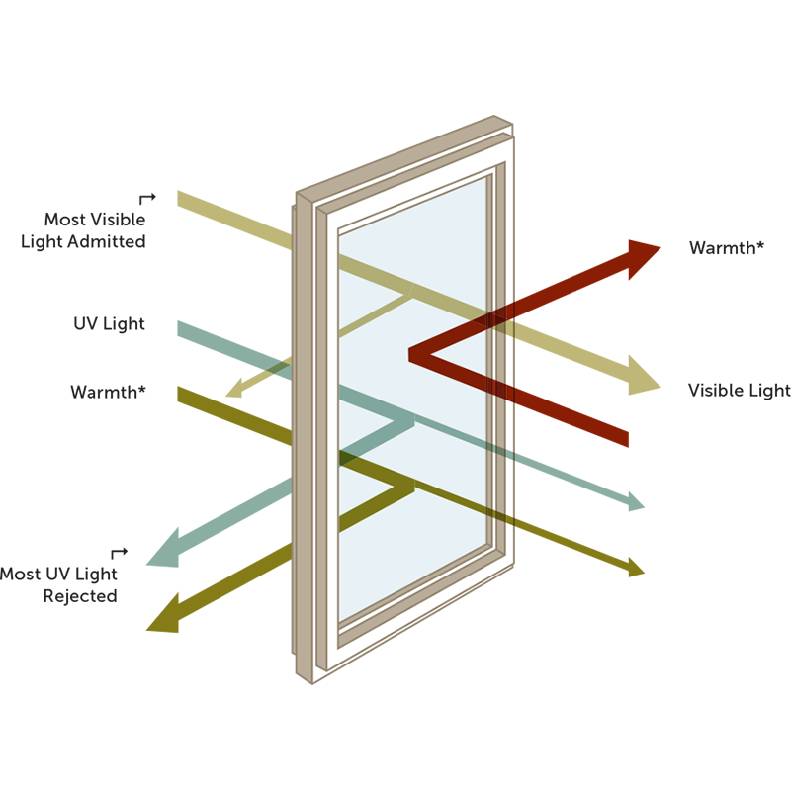

Understanding Green Low-E Glass Benefits and Applications
In the quest for sustainable building solutions, green low-emissivity (low-E) glass has emerged as a game changer in the construction and architectural industries. This innovative material is designed to minimize energy loss while enhancing the comfort and aesthetics of buildings. As we delve into its significance, benefits, and applications, it becomes clear why green low-E glass is integral to modern architecture.
What is Low-E Glass?
Low-E glass is a type of energy-efficient window glass that has a microscopically thin coating. This coating reflects heat, thereby reducing thermal transfer between the interior and exterior of a building. Green low-E glass specifically incorporates environmentally friendly materials and production processes, further enhancing its sustainability credentials.
Benefits of Green Low-E Glass
1. Energy Efficiency One of the primary benefits of green low-E glass is its ability to enhance energy efficiency. By reflecting heat back into the interior during winter while blocking it during summer, low-E glass helps maintain a stable indoor temperature. This leads to significant reductions in heating and cooling costs, making buildings more cost-effective to operate.
2. UV Protection Green low-E glass also offers protection against harmful ultraviolet (UV) rays. Traditional windows allow a large amount of UV radiation to penetrate, which can lead to furniture fading and health risks. With green low-E glass, these harmful rays are effectively blocked, preserving both interiors and personal well-being.

3. Environmental Impact By reducing energy consumption, green low-E glass contributes to lower greenhouse gas emissions. It supports global efforts to combat climate change by promoting the use of materials that lessen the reliance on fossil fuels. The production of low-E glass is also becoming increasingly sustainable, utilizing recycled materials and renewable energy sources.
4. Enhanced Comfort The comfort of occupants in a building is significantly improved with the use of low-E glass. It helps to eliminate cold drafts and hot spots, creating a more pleasant indoor environment. Furthermore, better insulation leads to a quieter interior space, shielding occupants from external noise pollution.
Applications of Green Low-E Glass
Green low-E glass is widely used in various applications, making it a versatile choice for builders and architects. Common uses include residential homes, commercial buildings, storefronts, and skyscrapers. The glass can be incorporated into various window styles, curtain walls, and even skylights, maximizing its benefits across different structural designs.
In high-rise buildings, where energy consumption tends to be significant, green low-E glass can lead to substantial cost savings and improved occupancy experiences. Moreover, its aesthetic appeal can enhance the overall design of a structure, making it not only functional but also visually appealing.
Conclusion
Green low-E glass represents a significant advancement in energy-efficient building practices. By combining environmental responsibility with practical benefits, it plays an essential role in creating sustainable living environments. As the demand for energy-efficient solutions continues to rise, the adoption of green low-E glass in architecture and construction will likely expand, paving the way for a greener future. Building with this innovative glass not only aligns with eco-friendly values but also supports long-term economic advantages, making it an ideal choice for both new constructions and retrofitting projects.